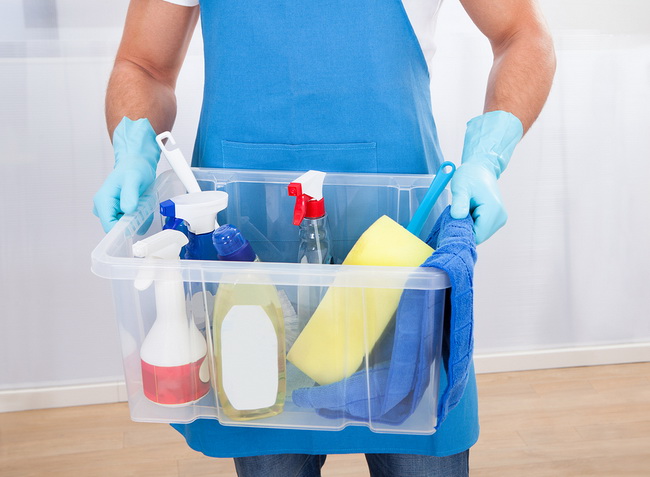- Make It Yourself Lavender Heart-Shaped Bath Bombs!
- 20 Things You Never Knew About “Down There”
- 12 Best Foods For Those Suffering From Arthritis Pain
- 12 Personal Hygiene Mistakes Almost Everyone Makes (Mom Never Told You About #4!)
- 15 Medicinal Plants And Herbs From The Cherokee People
- 12 Mind-Blowing Benefits Of Drinking Coconut Water During Pregnancy
- 12 Outstanding Winter Foods That Won’t Fatten You Up Like A Christmas Turkey
12 Common Hormone Disruptors And How To Avoid Them (You Won’t Believe #9!)

Photo credit: bigstock.com
1. Everyday Cleaning Products
Even those green, “alternative” cleaning products, which we believe to be safe, were tested and they found that some of them had as many as 55 chemicals! Don’t trust your health to any type of cleaning product, even green or so called “organic” ones. One common ingredient used in many all-purpose cleaners and laundry soaps is called NPE (nonylphenol ethoxylates). This chemical is banned in Europe because it is a well-known powerful endocrine disruptor. Use simple, homemade cleaners such as vinegar, lemon juice, baking soda and essential oils.
2. Personal Care Products
Almost all shampoos, cosmetics, hair conditioners, face creams, and lotions contain more than one type of endocrine disruptors, the main one being phthalates. Phthalates are chemicals which cause the males of most species to become more female. Phthalates have been shown to disrupt the endocrine systems of wildlife including low sperm count, infertility, testicular cancer, and genital deformation. We don’t mean just fish either; we are talking about deer, otters, whales, and polar bears. The Environmental Working Group conducted a study in 2002 which found phthalates in about ¾ of all personal care products tested.
Another common endocrine disruptor is called triclosan, which is found in all soaps and products that say they are “antibacterial”, including a top selling brand of toothpaste! Read labels on all personal care products you use! Make as many of these products at home from natural ingredients as you can, and avoid any and all products that contain phthalates or triclosan.
3. Sunscreens
Commercially made sunscreens have the largest concentration of chemicals anywhere and none of them are good. Phthalates and cyclosilozanes, which in one study caused liver and lung damage in tests done with mice, are commonly used in most sunscreens. Use more natural products or wear hats, use umbrellas, and wear long sleeved clothing to avoid over exposure to the sun.
Continue to Page 3
































